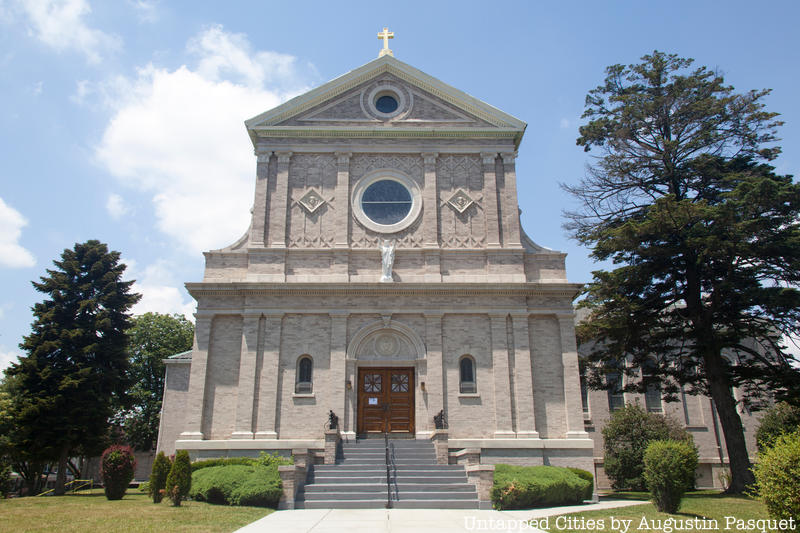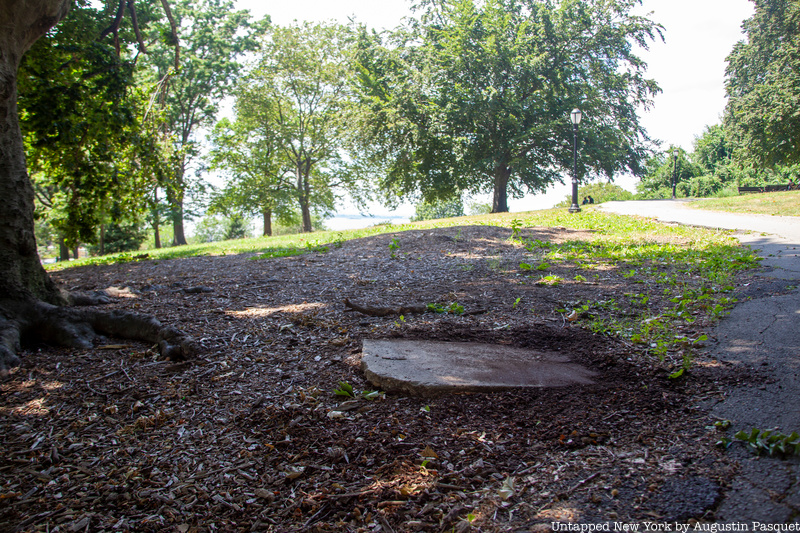
Bay Ridge, Brooklyn sits in southwestern Brooklyn alongside the Verrazzano-Narrows Bridge and the Belt Parkway. Currently home to about 85,000 people, the neighborhood gives a suburban feel to those who still want easy access to the rest of New York City. The R train connects Bay Ridge to Manhattan and Queens.
Before Bay Ridge became the residential neighborhood it is today, the Canarsee Native Americans occupied the land. Part of the broader Lenape tribe, this community specialized in fur trading and fishing. Hunting and gathering was their main source of nourishment. As colonists moved to New York City, the Canarsee left, fleeing the growing chaos and lack of space. However, Kieft’s War, initiated by New Amsterdam director Willem Kieft ended with the deaths of many Canarsee Native Americans. This war occurred from 1643 to 1645.
As colonists continued to settle into Bay Ridge, they called the area Yellow Hook because of the shape and color of the soil. However, after several outbreaks of Yellow Fever hurt New York City in the late 18th and early 19th centuries, residents renamed their neighborhood Bay Ridge. The inspiration for the new name was the beautiful view of New York Bay in Bay Ridge. Bay Ridge welcomed Irish, Italian, and Scandinavian immigrants in the early 20th century. However, Syrian and Lebanese immigrants followed suit in the middle of the 20th century. Although many of the Scandinavians have left the neighborhood, Asian-American and Arab-American neighbors have filled their space since the beginning of the 21st century. With a significant variety of cultures within the 2.12 square mile neighborhood, various cultural centers exist including the Arab American Association of New York. Bay Ridge has the highest concentration of people who speak Arabic at home in Brooklyn.
The neighborhood has a rich collection of secrets relevant to both the neighborhood’s history and current residents. When visiting the neighborhood, spend time at some of its secret spots including the city’s smallest cemetery and a house that could be in a fairytale. Exciting in these secrets will complement the joy of experiencing the beauty of the Verrazzano Bridge. Here are the top 10 secrets of Bay Ridge, Brooklyn.
1. There is a lost train tunnel that would end in Staten Island

In 1923, New York City Mayor John F. Hylan commenced a project that would connect Bay Ridge with St. George’s Ferry Terminal on Staten Island. As the project — titled the Brooklyn-Richmond Freight and Passenger Tunnel— continued, those in charge completed a shaft and tunnel that currently sit 150 feet below Owl’s Head Park in Bay Ridge. When New York Governor Al Smith passed the Nicoll-Hofstadter Act, he forced the tunnel to be used as a passenger tunnel instead of a freight tunnel. With this new purpose finalized in law, construction slowed to a stop in 1924.
In the same year construction of the lost tunnel ended, the New York Times reported Hylan’s plans were “declared at variance with the comprehensive port plan.” With plans abandoned, Hylan and his team left the completed shaft and tunnel, along with a shaft that would be filled in 1946. It is rumored that a stone may indicate the tunnel’s entrance on the western side of Owl’s Head Park. You can read more about this tunnel and other secrets of Bay Ridge in our book Secret Brooklyn.





